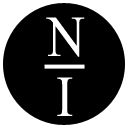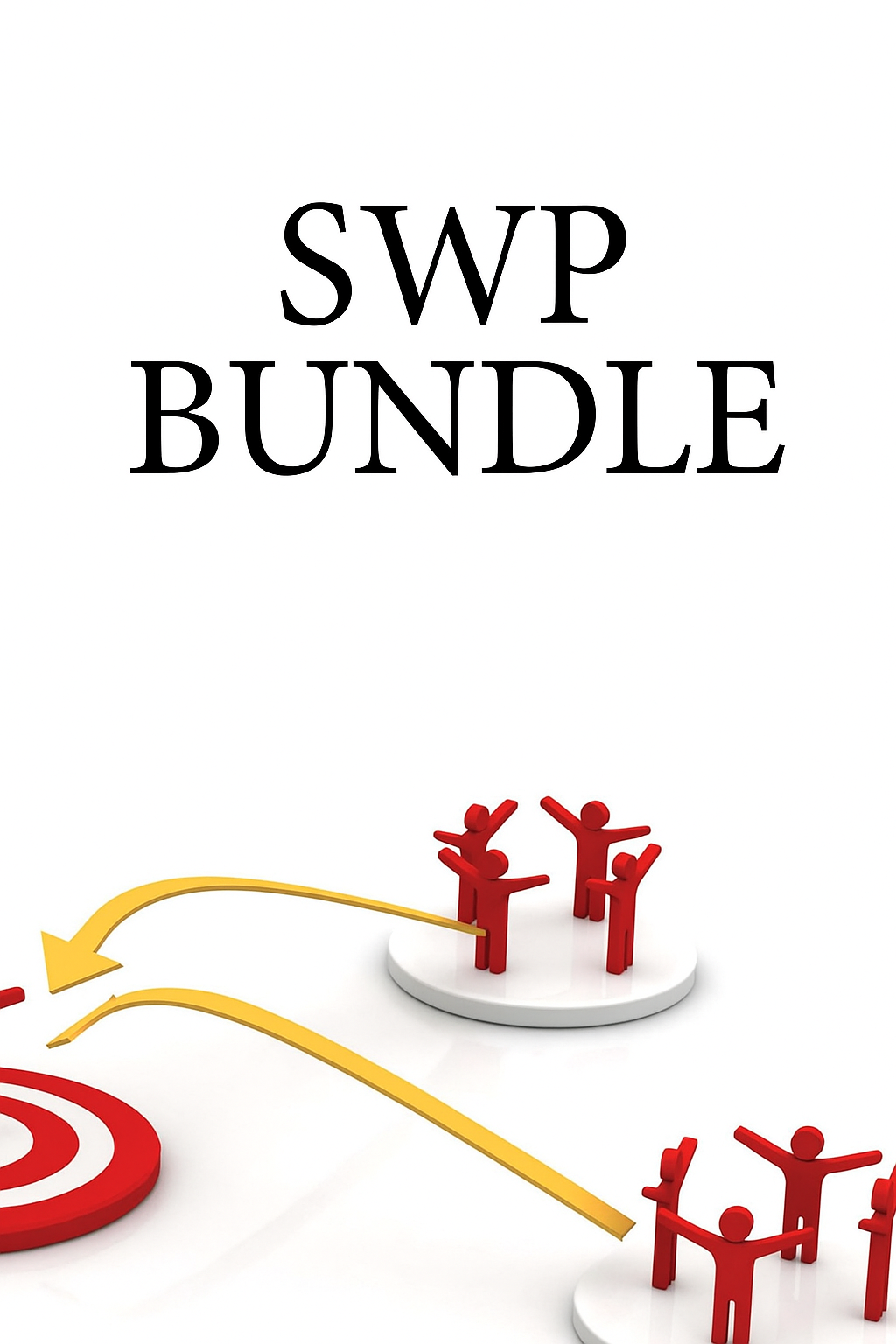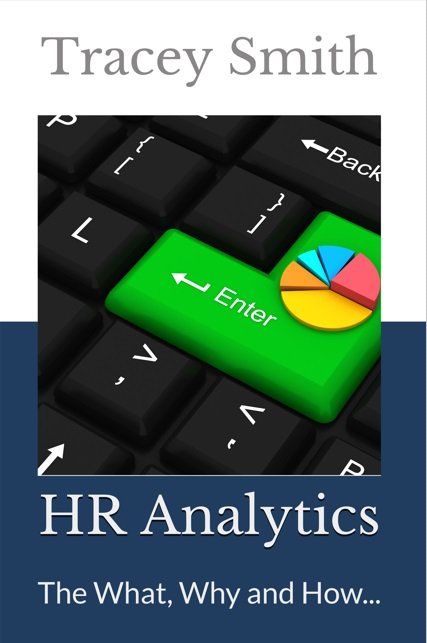People Analytics for Human Resources
HR analytics, also known as people analytics, workforce analytics and talent analytics is transforming HR departments.
What is HR Analytics?
HR analytics refers to a specific area of analytics where data analysis is used to help managers, leaders and executives make logical decisions about their workforce. As the cost of the workforce increases and becomes a larger percentage of revenue, CFOs and CEOs are looking to create an increased return on their investment in people. It has become crucial that HR departments move away from the old approach of gut feel decision-making.
What are the Benefits of HR Analytics?
HR analytics enables leaders and professionals to make data-driven decisions to improve the performance of HR processes such as talent acquisition, employee retention, workforce management and strategic workforce planning. Additionally, data analysis helps leaders make decisions to improve the work environment and increase employee productivity. It can improve the bottom-line when applied to key business problems.
HR leaders must align HR data and initiatives to the company’s strategic objectives. For example, a company may want to improve its success rate in recruiting technical professionals or decrease the number of safety incidents each year. To determine how to improve these activities, HR analytics can be used to examine correlations (numerical relationships) between activities and the factors thought to drive them.
For example, a company with a goal to decrease the number of accidents in the factory, will gather data on employees, factory conditions, training records, employee schedules and other factors that are thought o impact safety. Once data is gathered, analysts can create data models, algorithms, and tools to test the hypothesized factors that may be impacting safety. These analyses can produce actionable insights to reduce the number of safety incidents, to reduce the cost of safety accidents and improve employee well-being.
These tools provide insights in the form of customized dashboards, data visualizations, and reports. An ongoing KPI measurement system can be developed to measure the success of the continuous improvement actions.
Testimonials
“Working with Tracey at Numerical Insights was a great experience and the deep expertise she brought alongside her ability to translate complex concepts into understandable, actionable points was a valuable addition to our project. Tracey’s understanding of the role of data and analytics in evidence-based decision making and how it applies across business contexts and supports organisations in achieving their strategic aims was invaluable, and something our learners who completed the programme will continue to benefit from throughout their careers.”
“I had the pleasure of meeting Tracey at an HRPA event in Toronto, Canada several years ago. Following that meeting, it was clear that Numerical Insights would be the ideal partner to help us develop and enhance our HR analytics capabilities at Equitable Bank.
Tracey consistently exceeded expectations. She not only built robust analytics dashboards—initially in Tableau and later in Power BI—but also took the initiative to thoroughly understand our HRIS and perform backend programming to ensure the accuracy, integrity, and security of our data. Her deep knowledge of HR analytics and the standards by which it should be represented was evident throughout the engagement.
Thanks to her work, we were able to rely on accurate, timely monthly metrics that supported reporting across Finance and all key departments. Additionally, Numerical Insights provided critical support in generating compliance reporting for legislated requirements such as Pay Equity and Employment Equity, significantly reducing the time and effort required on our end.”
“I worked with Tracey on a workforce analysis project for our global Adidas Group HQ locations. I had read her book on Strategic Workforce Planning and knew that she would bring a wealth of practical experience and subject matter expertise to what we were trying to achieve. Tracey is HIGHLY reliable, academically sound in her methodology, a master in her field, extremely fast in turning things around and most importantly for us – pragmatic and flexible in her approach. She also offered insights and recommendations that went beyond the agreed project scope which I highly appreciated. I truly enjoyed working with her and recommend her wholeheartedly as a business partner. Insights has been invaluable to two of our projects now. Her ability has been to identify what we needed and then complete that on-time with great precision and accuracy. A joy to work with, and highly recommended.”
“As Vice President of HR at FedEx, I had the privilege of working with Tracey on a number of critical projects involving workforce planning and organizational design. With her expert knowledge of analytics and project management, Tracey was an invaluable resource and her work product and efforts were instrumental in our decision making. She possesses a strong passion for her work along with diligence and a great work ethic. I am pleased to see her move into this critical business realm involving HR analytics which is so vital in today’s business environment and future workforce planning initiatives and where her leadership and expertise will be on display.”
“When you work with someone across the world you expect the world from them, and this, Tracey does without a doubt. Quick on the uptake, quick on the draw, ever so willing to accommodate and assist without spoiling you for your own good. She details at the right level and rarely misses a beat. Project management seems like second nature to Tracey, particularly since she is always a few steps ahead of you. Totally dependable, trustworthy, and works with the highest level of integrity. There’s no pretending with her; if she can’t, she’ll tell you. When you have to work across the world without luxury, you’d want someone like that. I did.”
Analytics to Prove the Fairness of HR Processes
While many companies have good intentions when it comes to increasing diversity, most have struggled to make a difference over the past few years. The key to meeting your diversity targets is to understand the underlying patterns in your organization.
We use analytics to understand these patterns. We then educate you on where you can make the fastest difference in the composition of your workforce. We work with you to set realistic diversity goals and action plans.
Learn how to calculate fairness.
We use statistical methods to test for fairness in the hiring process, promotions, performance reviews and salary bands. We also examine the differences in how different employee groups answer feedback surveys.
Ms. Smith has also assisted companies with the calculations associated with adverse impact analysis. In large companies especially, the rapid change of needed skill sets sometimes makes a job role or area of the company redundant. We help companies conduct an impact analysis to determine whether any specific employee group will be adversely affected.
Case Studies
-
A global technology company was struggling to increase the female population of their workforce. After three years, the gender split of their workforce composition remained unchanged.
Using the planning process presented in our diversity strategy planning guide and with the assistance of Numerical Insights LLC, this technology company set realistic goals and targets justified by the internal and external data available.
Within two years, they successfully met their goals by adhering to the clearly defined action plan and by communicating that plan to all Human Resource team members and internal hiring managers.
-
A Canadian technology company, with a presence in the United Kingdom, wanted to determine its “gender pay gap” as defined by the UK reporting mandate. Further, for the gap that existed, it wanted to provide its employees with full transparency of the results and drivers.















When You Just Can't Win: In HR Analytics, it is important to look ahead and think about unintended consequences. With some people analytics studies, you need to know when you just can't win otherwise you'll waste valuable budget/resources to produce no results. I'll provide examples.